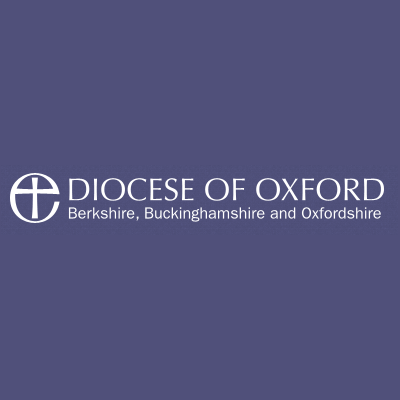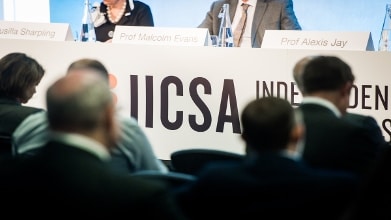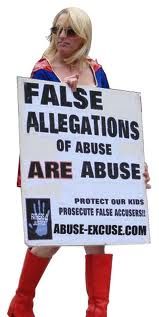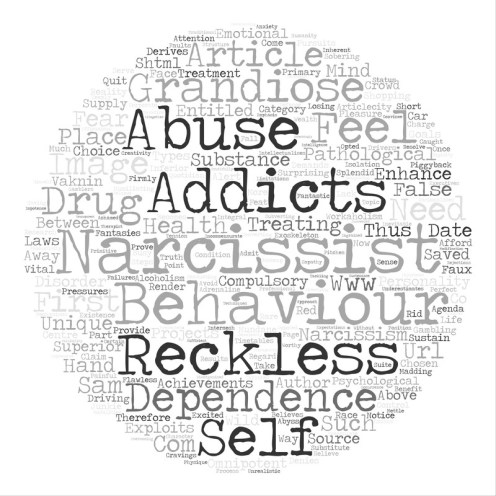
My recent blog post on the topic of disaffected Anglicans in Oxford writing to their bishops seems to have struck a chord. I queried whether the 100+ clergy and laity who signed the letter on behalf of ‘Concerned Anglicans’ spoke for anyone beyond themselves. This letter could be understood to be the work of a small group which was then circulated to others known to them through social media. Numerous virtual communities like this exist on the internet. Many people are happy to add their names to a protest, particularly if it does not involve them in any work themselves. In short, I believe that this was a small group of politically minded church leaders who then appealed to other members of their internet tribes. Certainly, there seems little evidence of the protest reaching the lay people in the parishes. One anonymous lay person wrote to this blog, claiming that no attempt was made by the clergy of his church to consult or even inform the wider congregations of an intention to sign.
My curiosity about the conservative forces at work in the Diocese of Oxford has led me to look more deeply at the signatories to have a better understanding, how these networks work, particularly if they are bypassing, for the most part, parish congregations. This examination has proved fascinating and as far as I am concerned, it severely weakens any claim that the Diocese of Oxford is facing a grass-root challenge to its leadership or authority. I have tried to examine the evidence of the signatures, being as objective as I can.
The first concern I have is that there are a cluster of organisations in the Oxford area which are, arguably, not Anglican. It is unclear to me whether an organisation which is founded, financed and presumably directed sometimes from abroad by a non-Anglican can ever be said to be working in the interests of the Church of England. Such an organisation may have Anglican staff working for it, but an Anglican director does not, to my mind, necessarily create an Anglican institution. I noted among the signatures of retired clergy the name of Chris Sugden, who used to head up the Oxford Centre for Mission Studies. As an Anglican with a general License from the Bishop, he obtained a place on General Synod where he forcefully represented the concerns of REFORM and the interests of conservative evangelicals for many years. I wonder how many of those who voted for him understood the source of finance which has kept his Centre going for over twenty to thirty years. It was not money raised in this country. According to Stephen Bates, the Centre depended largely on American money. One of the funders is the well-known Howard Ahmanson who has placed millions into trusts to promote ultra-conservative causes, religious and political. Money from the same source has been linked to the setting up of a subversive group which did much to undermine the Lambeth Conference of 1998. Ahmanson’s concerns are about as far away as one can imagine from main-stream Anglican ones. He is committed to the ideas of ‘Reconstructionism’. This, following the ideas of Rushdoony, seeks to rebuild society after the models of Old Testament law. Reconstructionism would involve the death sentence for gays and adulterers. Ahmanson has always maintained direct contact with the Centre by placing one of his employees to sit on the management team of the Centre. Meanwhile his foundation will be ensuring that its money furthers any and every group that supports similar rightist conservative Christian causes.
A second organisation appears on the list with considerable financial resources, represented by the signature of its director, Paul Bolton, of the Titus Trust. This signature is in addition to the five or six other names identified as former campers at Iwerne Minster. The Titus Trust is a group that currently organizes these camps for public school boys. The Trust is anxious to locate itself outside the Church of England and preserve a separate legal identity. Since the emergence of the Smyth scandal, many journalists and others have started to take an interest in this organisation and its history. All the Trustees officers and campers, past and present are members of the Church of England, so it is hard to think of the organisation as anything other than Anglican. The published accounts for the charity suggest that it is extremely wealthy, but it is not clear why such large sums are needed or where they come from. Any organisation which handles large sums of money is naturally going to be regarded with a certain degree of concern. The legacy of the Smyth scandal and the way that criminal behaviour was buried within the organisation for thirty years is still a continuing unhealed wound for the organisation. Money, social influence and secrecy are a toxic mix. Until the organisation comes clean over its past, it will continue to attract conspiracy theories as to whether any of this wealth is being used for ‘political’ purposes within the Church of England.
The final group on the edge of the Church of England is the so-called Latimer Minster network. From a reading of its web-site, this seems to be a cluster of church plants, based on one in Beaconsfield. These operate under a Bishop’s Mission Order (BMO) but their structure is unusual by Anglican standards, if not unique. What makes the Minster different from other such plants is that it was founded by the initiative and enterprise of a single family rather than an existing congregation. Initially, at any rate, the Orr-Ewing family seem to have drawn on considerable funds from somewhere to get the church under way. Frog Orr-Ewing and his wife are also networked with various other conservative organisations in and around Oxford such as the Ravi Zacharias Trust and the Oxford Centre for Christian Apologetics. Money never seems to be a problem for any organisation where the preservation and propagation of strict conservative theology is practised. As with the Titus Trust and the Oxford Centre for Mission studies, money (from foundations?) seems to flow into such groups without any obvious fund-raising efforts. The Latimer church plants do not have permanent buildings but the headquarters at Beaconsfield conducts worship, ministry and instruction in a large tent. The numbers of staff serving the various centres is impressive. The potential problem of a single family having done so much to bring a new church into being is that they will likely insist in managing every part of its life and stamp not only their personality but also their theology. One has to wonder how the oversight of bishops will continue to function well in what feels like an independent church set-up. Even if it retains its recognition from the Oxford diocese as a BMO, it will have to conform to at least some of the disciplines and boundaries that already exist for serving clergy. Latimer Minister does not seem like a place where, on the face of it, such limits would be easily managed.
I have mentioned three organisations represented on the list of signatures that are around the margins of Anglicanism. One is a part of the formal Anglican structure while the other two are independent. As conservative groups with strong ties to conservative theology they all share the ability to attract wealth to themselves with apparent ease. This combination of fundamentalist beliefs, wealth and power is the challenge that the more moderate parts of the Church of England have to face. As long as conservatives seem able to attract wealth they will always, at one level, appear strong. But, I would maintain, the moment groups or individuals buy into this fundamentalist gospel, they betray the Anglican genius for tolerance, inclusion and love. I query whether we should allow Anglicans who serve an organisation outside the oversight of bishops the privilege of sharing the Anglican name. But it is not up to me to express an opinion as to who is and who is not Anglican. I merely observe that the church men and women who rage against the eirenic letter of October 2018 from the four Anglican bishops in Oxford seem to have somewhere lost that moderation and equanimity in favour of an intolerance and passion against what they do not like. Rage, passion and scapegoating are not Anglican qualities. I have said many times that Anglicanism works best when it is able to be inclusive, tolerate difference and promote generosity towards those it disagrees with. These are not the values of these groups or the signatories of the letter. Oxford bishops are being challenged by groups of Christians who would like to be identified as Anglican. Just because rage and intolerance somehow attract wealth, that does not make them right.








